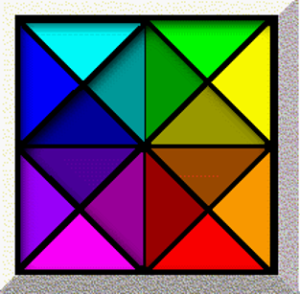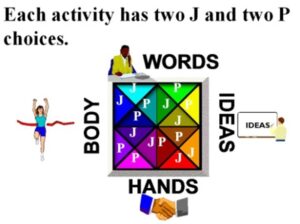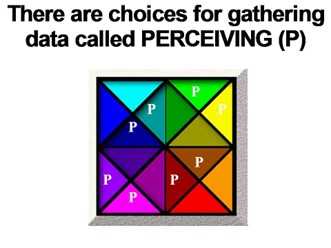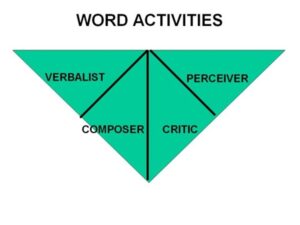
This post is How To Understand People Part 4: Dealing With The World. It is now the fourth segment of articles on, How to understand people. If you have been following through the first three installments you are by now familiar with the basics of the chart I call The Map of Activity. Here is a brief review or click below to go to part ONE.
Review
The Map of Activities is divided top and bottom by the simple choice called FOCUS. On the top are PEOPLE and on the bottom are THINGS. The diagram is divided left and right by the simple choice of APPROACH. On the left is CONCRETE and on the right is ABSTRACT.
The letters S,F,N & T stand for the four FUNCTIONS of SENSING, FEELING, INTUITION, and THINKING. The combination of the first two choices of FOCUS and APPROACH is what makes for the choices of FUNCTIONS.
- FEELING chooses CONCRETE PEOPLE
- INTUITION chooses ABSTRACT PEOPLE
- SENSING chooses CONCRETE THINGS
- THINKING chooses ABSTRACT THINGS.
Two FUNCTIONS combine to create the activities of WORDS, IDEAS, HANDS, and BODY. There is a choice in each activity between INTROVERSION and EXTROVERSION. The former fall within the inside square of The Map of Activity while the latter are on the outside corners. In this article we will discuss the choice we have when dealing with the world between gathering data (called PEERCIEVING) and making decisions (called JUDGING).
You will recall from Part 1 that all of our behavior can be traced back to the simple choices we make. Sometimes these choices are conscious. Often times they are not. Regardless, we all have the capacity to choose. We all can choose both options. Yet, in day to day life we have our preferences; the simple choices that make up our personality.
JUDGING and PERCIEVING
When it comes to dealing with the world our choices are reduced to the simple difference between gathering data and making decisions.
We call the first, PERCIEVING. People with dominate PERCIEVING like to have their options open, go with the flow, and make sure they know all there is to know. Depending on how strong this preference is the PERCIEVER may be viewed as “open to all possibilities” or as one who procrastinates. You may already consider that there are strengths and weaknesses of each of these choices. My wife is a very strong perceiver. She loves to research and can’t spend long hours investigating the various properties of things we are looking to buy. For example, when we are thinking of purchasing a new vehicle she will first find the category that fits our needs the best. Then she will go to consumer affairs and find out what their strengths and weaknesses are. She will also of course compare price and trade-in value.
Note the Ps on The Map of Activities. There are two in each area of WORDS, IDEAS, HANDS, and BODY. There are also one in each area combined with INTROVERSION and EXTROVERSION
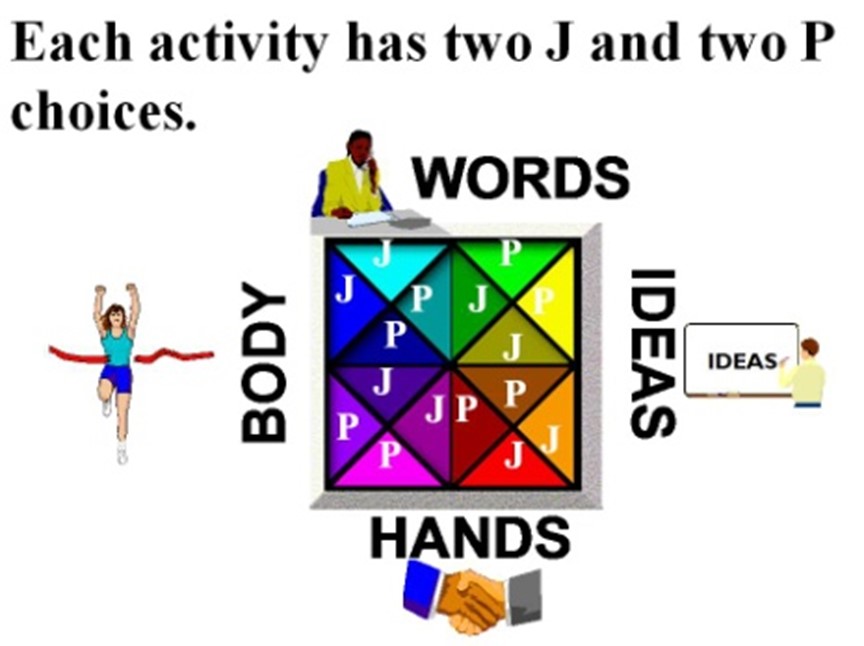
Here you see the Judging choices as well. JUDGING people feel better once a decision is made. So Juding types might be seen either as decisive or people who jump to conclusions.
my favorite example of a judging type person is president. Bartlett on the TV show West Wing he is often heard to say, “What’s next!”
another example comes from my relationship with my late wife, Lily. She was a strong receiver, and I am a strong judging type. However, we were both strong in the feeling function off, and we would be in the Hallmark store buying greeting cards for various types Lilly would spend considerable time looking over all the cards in the appropriate section. She would not be able to decide between three or four cards then she would show them to me and I would quickly pick one of them is satisfied us both..
DEALING WITH THE WORLD
We are all faced with two main activities (a dichotomy). We need to gather information and then we must decide what to do. The more we prefer one choice the less we use the other. As mentioned each has strengths and weaknesses. It is important to get the relevant data. It is important to stop and decide.
Our next topic will be discussing in detail WORD activities.
